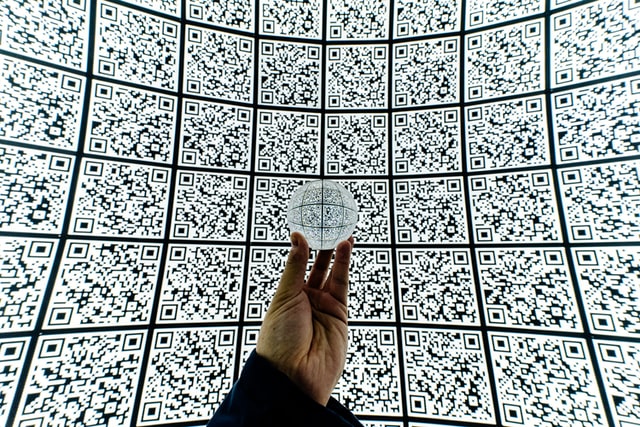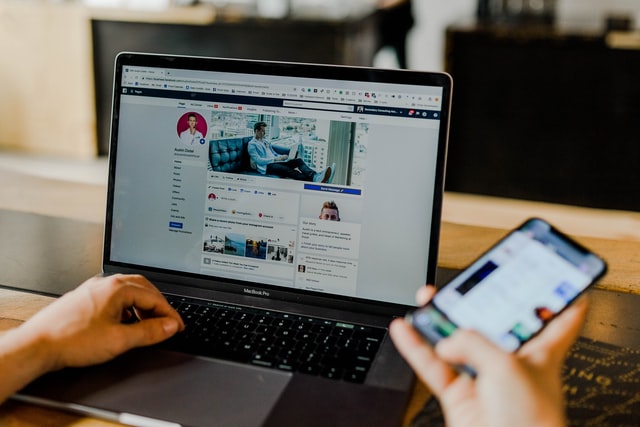QR (quick response) codes are small squares with unique black and white patterns that contain certain information, just like barcodes on the products we can buy and scan in any store. We will talk about QR Codes in this article.
They were first invented in 1994, when the Japanese company Denso Wave, a Toyota subsidiary, needed a more accurate tracking of the vehicles and their parts during the manufacturing process.
While similar to barcodes, the type of information QR codes possess is much more varied than just the item info that a barcode has. It could be a website address, password, app, and more. When you scan a QR code, you are taken directly to that specific website/app/etc., therefore speeding up a process that might involve typing an address or searching for an app, image, or something else. QR codes can even be used to send and receive payment information or as an authentication method.

QR codes were used for either very specific or often not too popular or everyday purposes. You could use a QR code to connect your mobile Whatsapp application to the desktop one, for example, and the QR codes became a relatively popular advertising method.
As most of the phones today have built-in QR code scanners by default, people could quickly use the phones to get more information on whatever the QR code was advertising, wherever they were. They seemed to gain popularity and usefulness naturally, but it is a question whether their sudden jump in favor would have ever happened if not for the Covid-19 pandemic.
As the pandemic spread across the world, performing as many tasks as possible without physical contact became quite a priority. Because of that, many companies started using QR codes for payment, allowing people to pay for goods and services digitally, without having to use cash or a card.
Paypal, for example, rolled out a feature that allowed payment by scanning a QR code. As it is not difficult or expensive to set the code that can be used for paying up, even small businesses can join this type of payment, making it easier to stay afloat during the pandemic.
Many restaurants have also started using QR menus instead of physical ones. While some people have complained about having to use their phones when they come to a restaurant with their family, friends, or colleagues, and just want to focus on them (and, additionally, for example, older people might now know how to use the QR codes, and it might cause them unnecessary stress when all they want to do is enjoy themselves for a bit), there are multiple good sides to this.
Of course, the fact that you do not have to touch the menu that many others have touched before you, during the pandemic, is a great one. However, using QR codes also means that the restaurants can stop using disposable materials to create physical menus, such as paper and plastic. That means it is both more cost-effective but also makes less trash.
Grocery shopping can also be made more accessible with QR codes, as it allows you to scan all of the information about an item without having to touch it. Again, a perfect thing to evade during the pandemic, as it promotes safer shopping and provides fewer opportunities for the germ to spread.

Are QR codes safe, though? While it is impossible to hack a QR code itself, malicious actors can create codes that might take you to a dangerous website that might capture your data, from passwords to location. They could also take you directly to phishing sites, but some less known actions could be performed that not many people might know about, such as composing emails or adding contacts.
Humans cannot differentiate between QR codes, and there is no natural way to recognize a useful one from a dangerous one until it is too late. Because of that, it is essential only to scan QR codes that you know come from trusted sources.
Learn more about keeping yourself safe online; https://watchdog.dev



